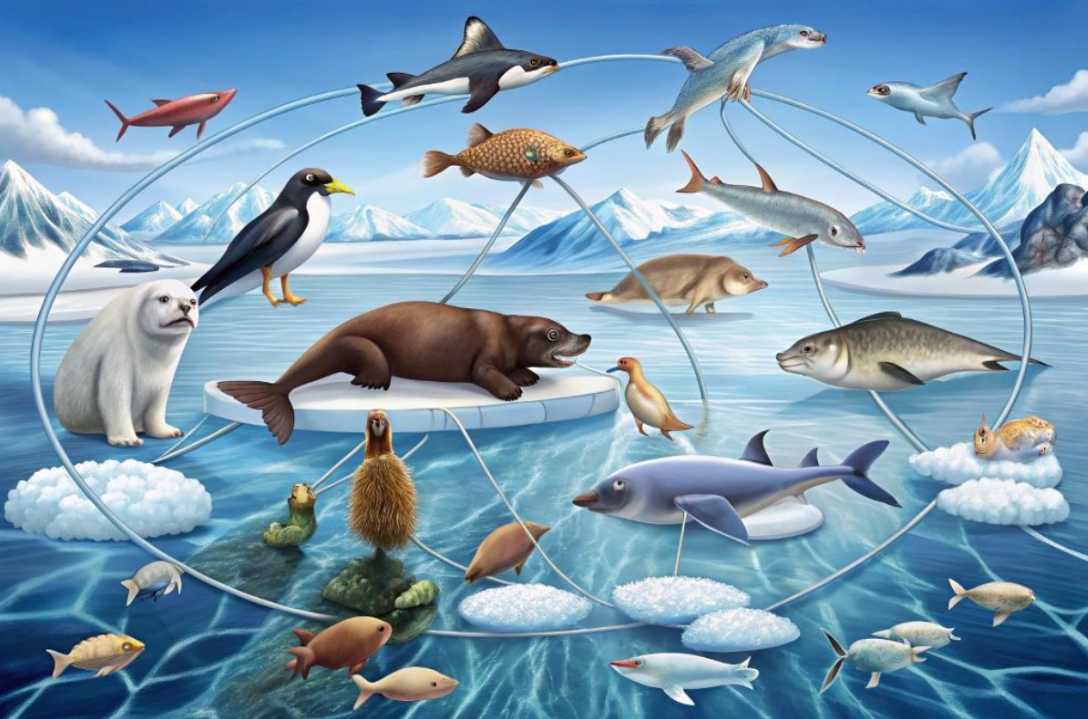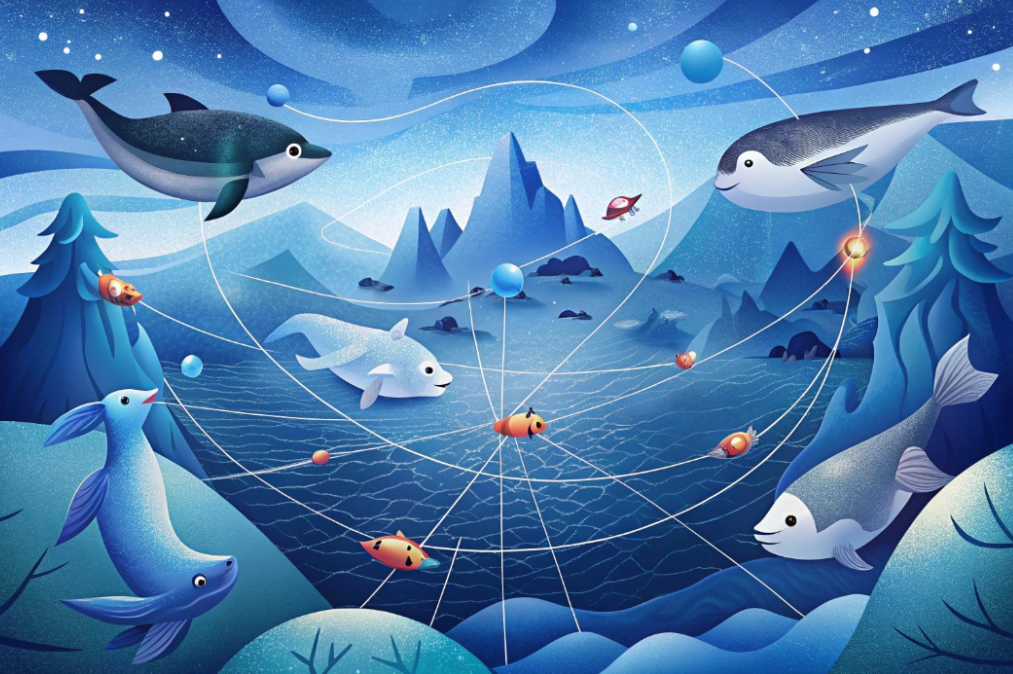
The Building Blocks of a Food Web
To make it easier to understand what is a food web, we can break it down into different parts or levels:1. Producers: These are usually plants and some tiny organisms like algae that can make their own food. They do this by using sunlight in a process called photosynthesis. Producers are essential because they start the flow of energy in the food web by making food that other living things can eat.
2. Consumers: Consumers are animals that eat plants or other animals to get their energy. They can be grouped into three main types:
- Herbivores: Animals that eat only plants. Examples include cows, deer, and rabbits.
- Carnivores: Animals that eat other animals. Examples include lions, wolves, and hawks.
- Omnivores: Animals that eat both plants and other animals. Examples include bears, humans, and pigs.
3. Decomposers: Decomposers are organisms like bacteria, fungi, and some insects that break down dead plants and animals. They play a crucial role in recycling nutrients back into the soil, which plants need to grow. Without decomposers, dead material would pile up, and nutrients wouldn’t return to the earth, making it hard for new plants to grow.
How Does a Food Web Work?
Imagine a simple food chain: a plant (like grass) is eaten by a rabbit, which is then eaten by a fox. This is a straightforward line of who eats what, but in reality, ecosystems are more complex. In the real world, a rabbit might eat different types of plants, and a fox might eat not only rabbits but also birds or mice. This creates a more complicated set of connections, which we call a "food web."A food web is like a map that shows all these connections. In a food web:
- Energy flows from the sun to producers (like plants).
- Herbivores eat the plants, getting their energy.
- Carnivores eat herbivores, getting energy from them.
- Omnivores can eat both plants and animals, so they fit into more than one part of the web.
- Decomposers break down whatever is left after plants and animals die, returning nutrients to the soil to help new plants grow.
This cycle of energy moving through an ecosystem is what keeps everything balanced. Every living thing in the food web depends on others to survive.
Why is a Food Web Important?
A food web shows us how interconnected all living things are in an ecosystem. If one part of the food web is disturbed, it can affect everything else. For example, if a particular plant species dies out, the herbivores that rely on it for food might struggle to find enough to eat. This, in turn, affects the carnivores that eat those herbivores.Let’s look at a real-world example. Imagine a forest where deer eat a lot of the plants. If there are too many deer and not enough plants, the deer population could grow too large, eating more and more plants until there’s not enough food for all the deer. Some might starve, which could lead to a drop in the number of deer. This would also mean fewer deer for wolves to eat, so the wolf population might decrease as well. This example shows how the health of an ecosystem depends on keeping the food web balanced.

The Complexity of Food Webs
Food webs are not only complex but also incredibly diverse. Each ecosystem, whether it’s a forest, ocean, desert, or grassland, has its own unique food web. In the ocean, for example, tiny organisms called plankton are the primary producers. Small fish eat the plankton, and larger fish eat the small fish. Sharks, which are at the top of the food web in the ocean, eat the large fish. If something happens to the plankton, the entire ocean food web could be affected.In contrast, a desert food web might include cacti as producers, which are eaten by herbivores like desert rodents. These rodents are then preyed upon by carnivores such as snakes or hawks. Decomposers like ants and beetles in the desert play a crucial role in breaking down dead plants and animals to keep the ecosystem thriving.
Human Impact on Food Webs
Humans also play a significant role in food webs. By farming, fishing, and hunting, we directly influence what happens in food webs around the world. For instance, overfishing can remove large numbers of fish from the ocean, disrupting the food web and causing problems for other species that rely on those fish for food. Pollution can harm plants and animals, affecting their ability to survive and thrive in their ecosystems.On the other hand, conservation efforts can help restore balance to food webs. By protecting endangered species and their habitats, humans can help maintain the delicate balance in ecosystems, ensuring that food webs remain intact.
Conclusion
A food web is a simple yet powerful way to understand how energy moves through an ecosystem. It shows the relationships between different living things, highlighting how every species is interconnected. From plants that produce energy to animals that eat and recycle it, every part of a food web plays a vital role in keeping nature balanced.By learning about food webs, we can better appreciate the importance of every species in our environment. It also helps us understand why it’s so important to protect and preserve our natural world. In doing so, we help maintain the balance of life that keeps our planet healthy and thriving.


Comments